12 alternative wonders of the world you must see before you die
Published on November 10, 2025
 Credit: jplenio
Credit: jplenio
When most people hear "wonders of the world," they picture the Eiffel Tower, the Great Wall, or Rome’s Colosseum. Yet beyond these well-known icons lies a whole collection of places just as awe-inspiring. Some were shaped by human hands, others carved by nature itself, but all carry stories that stir the imagination. From towering cliffs to hidden temples, these 12 alternative wonders prove that marvels can be found in every corner of the globe.
Mont Saint-Michel, France
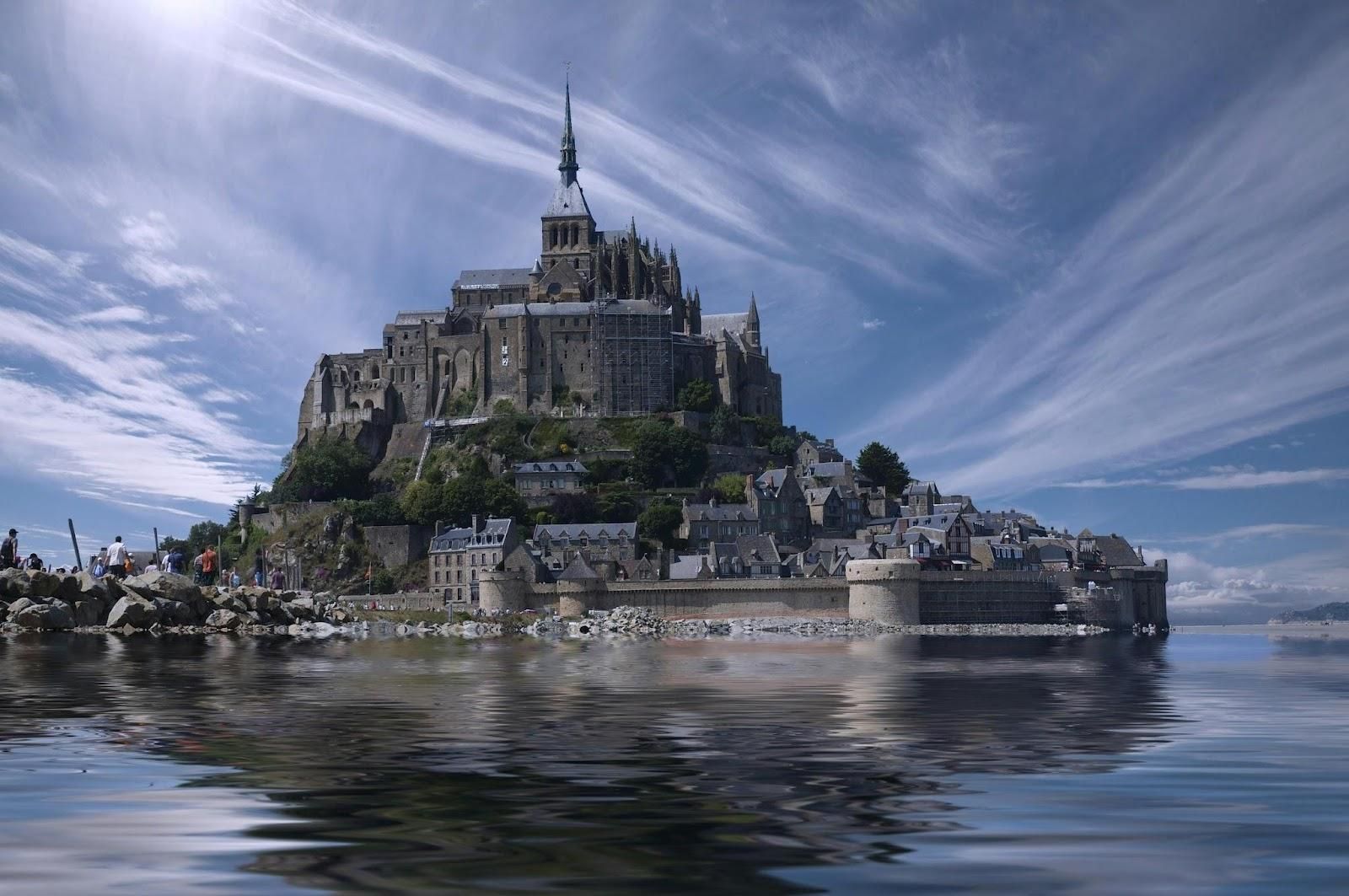 Credit: Pixabay
Credit: Pixabay
Standing on a rocky tidal island off the coast of Normandy, this abbey looks like it rose straight from the pages of a fairy tale. Construction began in the Early Middle Ages and continued well into the 1500s, giving it both religious grandeur and the solid defenses of a fortress. During times of conflict, the walls of Mont Saint-Michel protected pilgrims who came to pray.
Fun fact: When the tide rolls in, the causeway disappears, and the island appears to drift on the waves, wrapped in a dreamlike glow.
La Sagrada Familia, Spain
 Credit: Chait Goli
Credit: Chait Goli
In the heart of Barcelona stands Antoni Gaudí’s most famous work, a church unlike anything else on Earth. Construction began in 1882, and more than 140 years later, it remains a work in progress—almost a living sculpture that grows with each passing decade.
Its towers stretch toward the sky, decorated with intricate carvings and dazzling stained-glass windows that bathe the interior in color. Once La Sagrada Familia is finally complete, it will claim the title of the tallest church in the world, a fitting crown for a masterpiece that blends architecture, faith, and imagination.
Hallgrímskirkja Church, Iceland
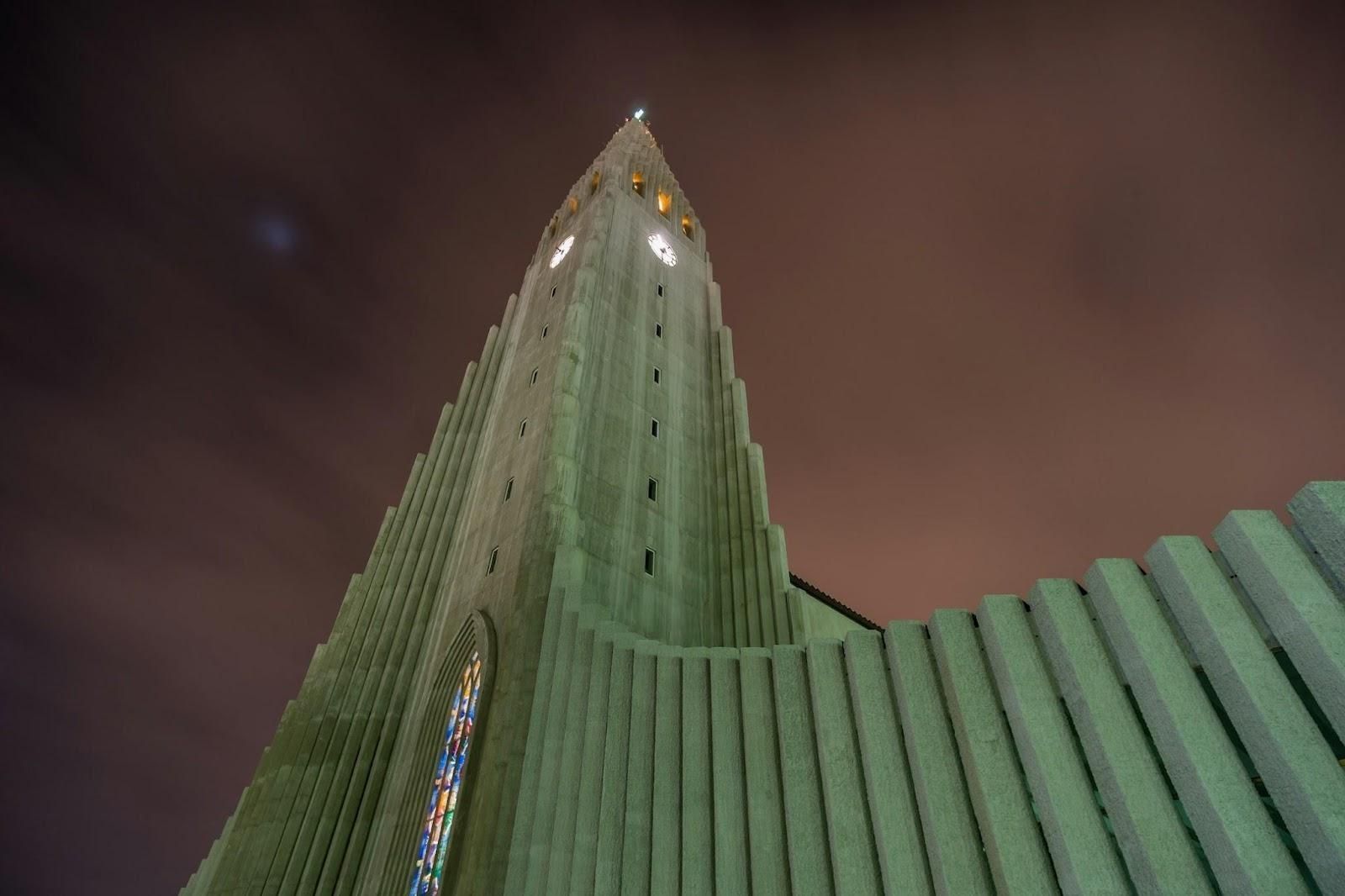 Credit: LinedPhoto
Credit: LinedPhoto
One of Iceland’s most iconic landmarks rises like a sculpture shaped by fire and ice. This remarkable church in Reykjavík was designed to mimic the basalt columns formed by cooling lava, giving it a jagged, frozen appearance.
Towering 244 feet into the sky, it is one of the tallest buildings in the country. Inside, visitors can ride an elevator to the top, where breathtaking views reveal a patchwork of brightly painted rooftops, the harbor, and the surrounding volcanic landscape.
Milan Cathedral, Italy
 Credit: mingche lee
Credit: mingche lee
This Gothic marvel took more than six hundred years to complete, and the result is nothing short of astonishing. Rising skyward with countless spires, statues, and gargoyles, it resembles less a single building and more like a stone forest carved by hand. Every figure tells its own story, turning the cathedral into an immense open-air sculpture museum.
Climbing to the rooftop terraces, visitors can actually stroll among the spires themselves, surrounded by breathtaking views and centuries of artistry.
Meteora Monasteries, Greece
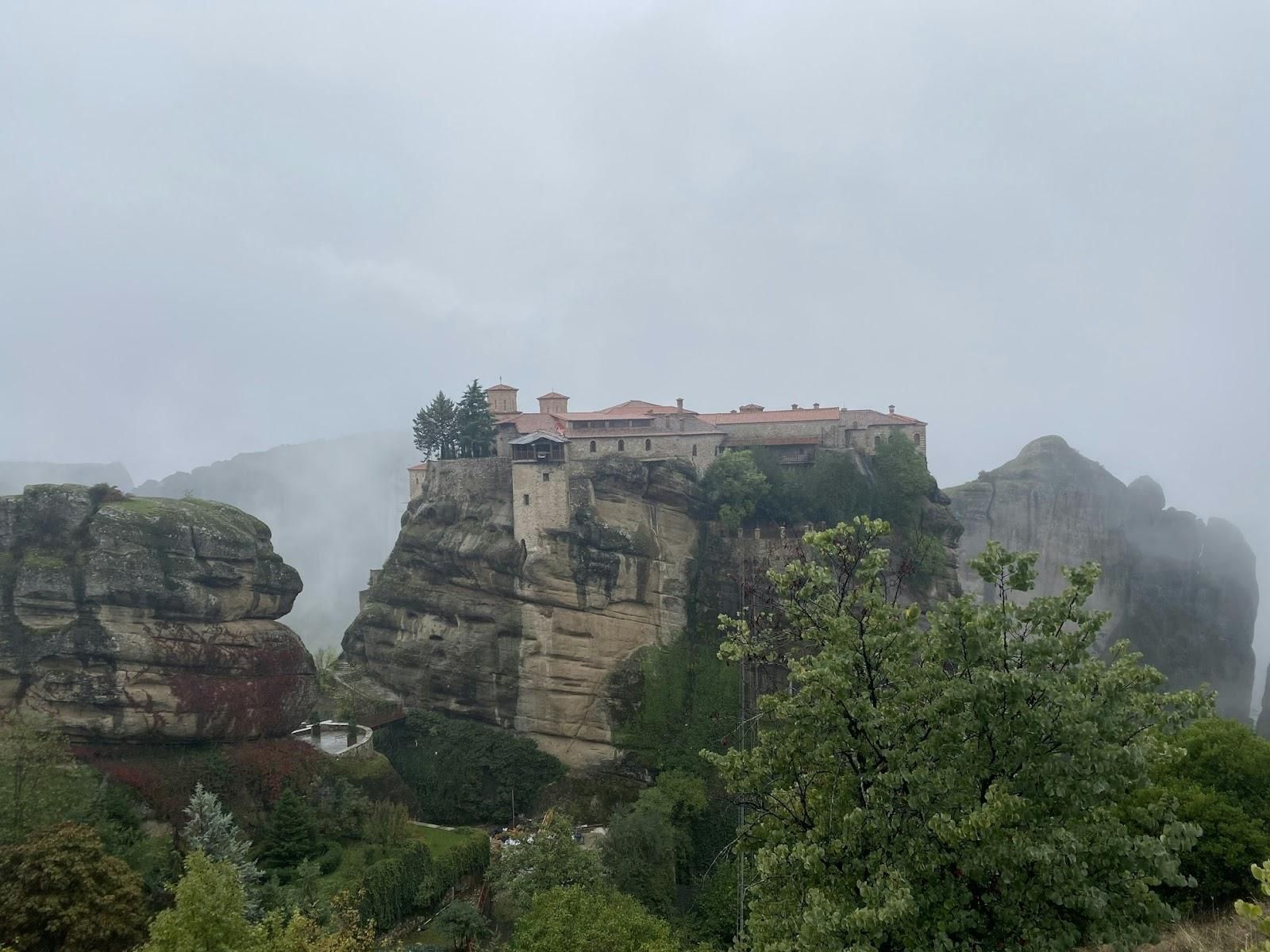 Credit: Antonio Sánchez
Credit: Antonio Sánchez
Balanced atop towering rock pillars nearly 1,800 feet high, these monasteries seem suspended between earth and heaven. First built in the 14th century, they were so isolated that monks had to haul food and tools using ropes, pulleys, and even large nets.
The remoteness provided both safety and solitude, turning the site into a sanctuary in every sense of the word. Today, six monasteries remain active, welcoming visitors with sweeping views of the valley far below.
Borgund Stave Church, Norway
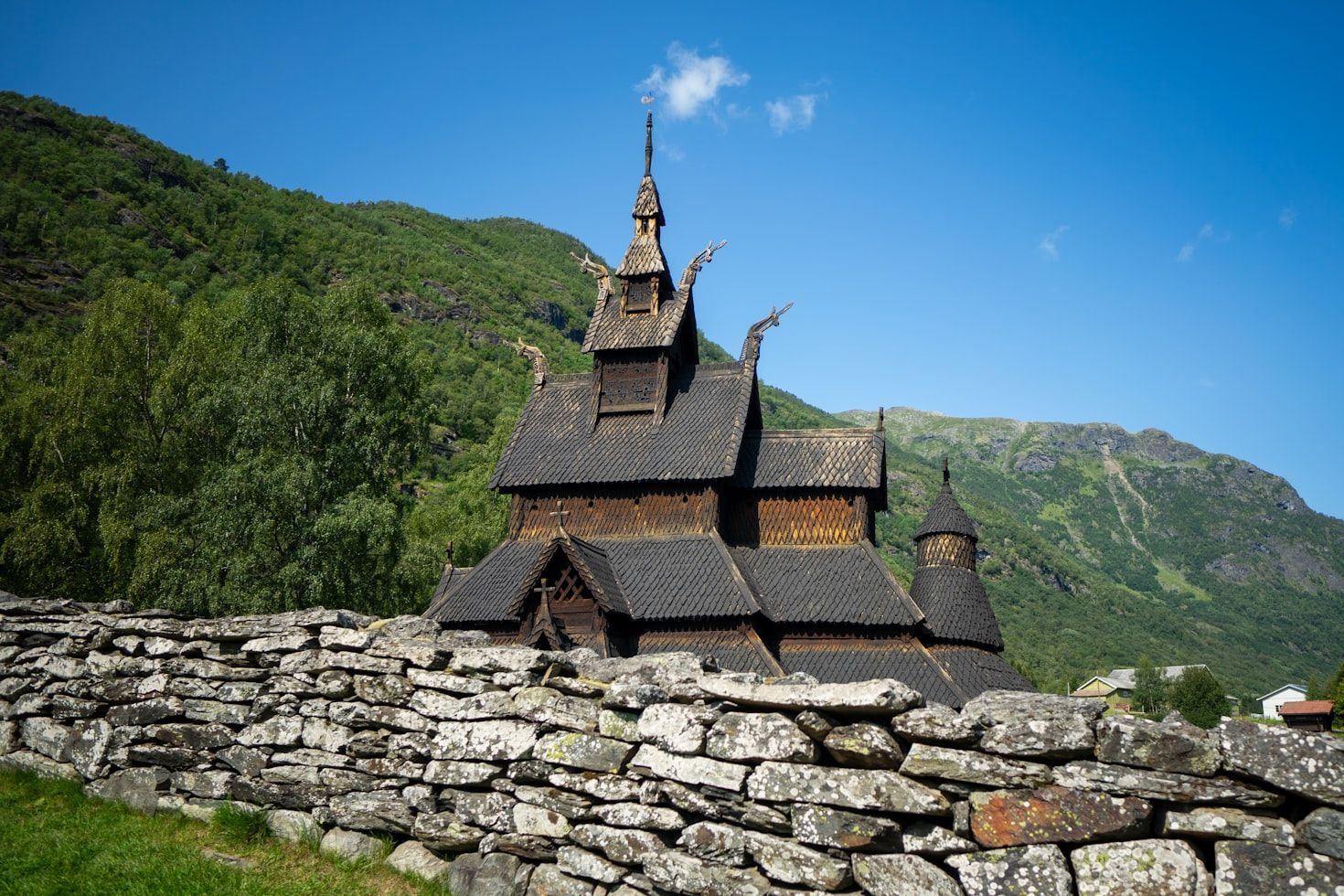 Credit: Bart Wellens
Credit: Bart Wellens
Built in the 1200s, this remarkable wooden church stands without a single nail holding it together. Its construction cleverly borrowed techniques from Viking shipbuilding, blended with medieval Christian artistry, to create something truly unique.
The roof is decorated with dragon-like carvings, giving the entire structure an almost mythical appearance. Standing before this church, you might feel as though you’ve stepped into the pages of a fantasy story where history and legend meet.
The Erechtheion, Greece
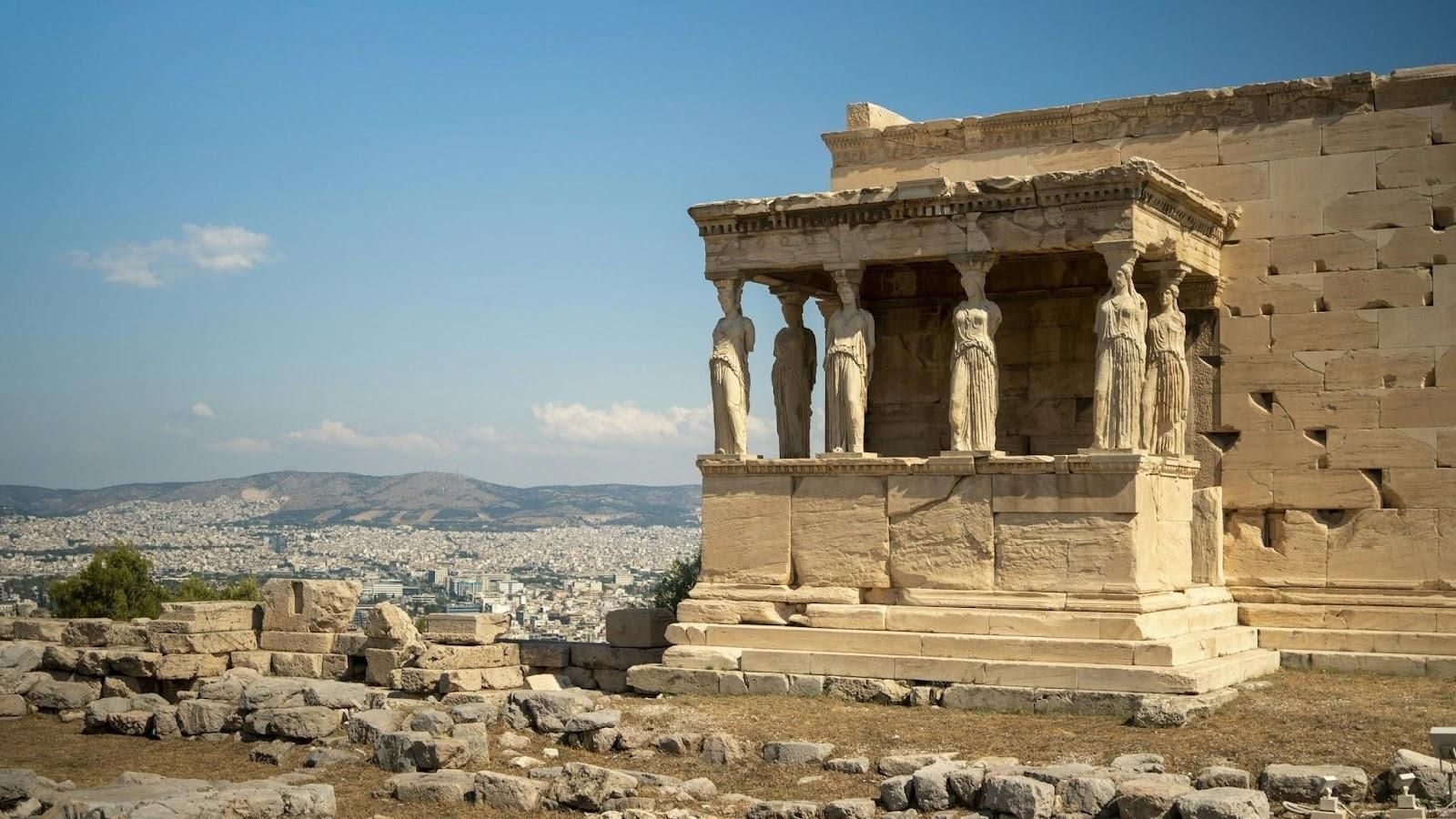 Credit: TopSphere Media
Credit: TopSphere Media
Standing proudly on the Acropolis of Athens, the temple of Erechtheion is instantly recognizable for its Caryatids—graceful female figures carved in stone that serve as columns.
Built around 400 BC, it carries layers of history and legend. According to myth, this was the sacred place where Athena’s olive tree first sprouted after her legendary contest with Poseidon. Few places in the world blend mythology and reality so seamlessly, allowing visitors to walk where gods and mortals once crossed paths.
Borobudur Temple, Indonesia
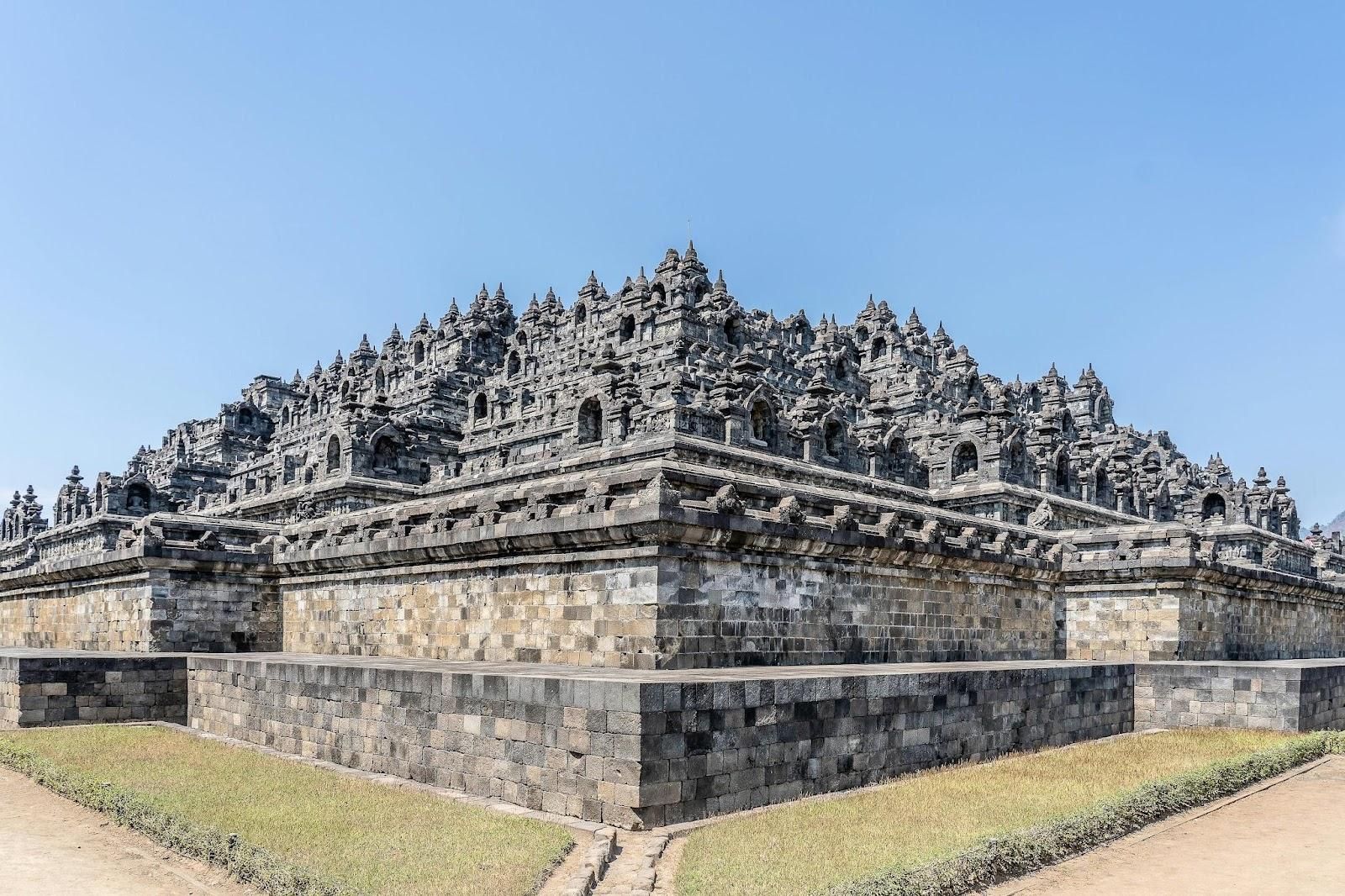 Credit: Mike van Schoonderwalt
Credit: Mike van Schoonderwalt
The world’s largest Buddhist temple rises like a stone mountain, built from more than two million blocks carefully stacked into terraces shaped like a pyramid. Dating back to the 8th century, its walls are covered with thousands of intricate carvings and serene statues of Buddha, telling stories etched in stone.
For centuries, this masterpiece was swallowed by the jungle and forgotten, until explorers rediscovered it in the 19th century, revealing one of the greatest treasures of ancient Asia.
The Alhambra, Spain
 Credit: Victoriano Izquierdo
Credit: Victoriano Izquierdo
This Moorish palace in Granada, Spain, is a true jewel of Islamic architecture, where every wall and arch seems alive with color and pattern. Built in the 14th century, its courtyards are lined with flowing fountains, and its halls sparkle with delicate tilework, graceful calligraphy, and stone carvings so fine they resemble lace.
Once a royal residence and fortress, it later inspired countless writers and travelers—Washington Irving among them—who wove its beauty into timeless tales.
Sigiriya Rock Fortress, Sri Lanka
 Credit: seankommer
Credit: seankommer
Towering nearly 660 feet above the surrounding jungle, this massive rock fortress has dominated the landscape for centuries. In the 5th century, a king constructed his palace atop it, complete with gardens, water fountains, and elaborate terraces—many of which still function today.
Visitors who make the steep climb are rewarded with breathtaking vistas of the forest below, as well as ancient frescoes and rock paintings that reveal the artistry and vision of a long-gone civilization. It’s a true blend of natural wonder and human ingenuity.
Mount Rushmore, South Dakota, USA
 Credit: Lauren Lopes
Credit: Lauren Lopes
Carved into the granite face of the Black Hills in South Dakota, four U.S. presidents—Washington, Jefferson, Roosevelt, and Lincoln—gaze out over the landscape. Each head soars about 60 feet high, roughly the height of a six-story building, making the monument impossible to miss.
Sculptors worked for 14 years to bring this vision to life, and even though the project was never fully completed, Mount Rushmore has become one of the most recognizable and celebrated landmarks in the United States, a true symbol of history and national pride.
Neuschwanstein Castle, Germany
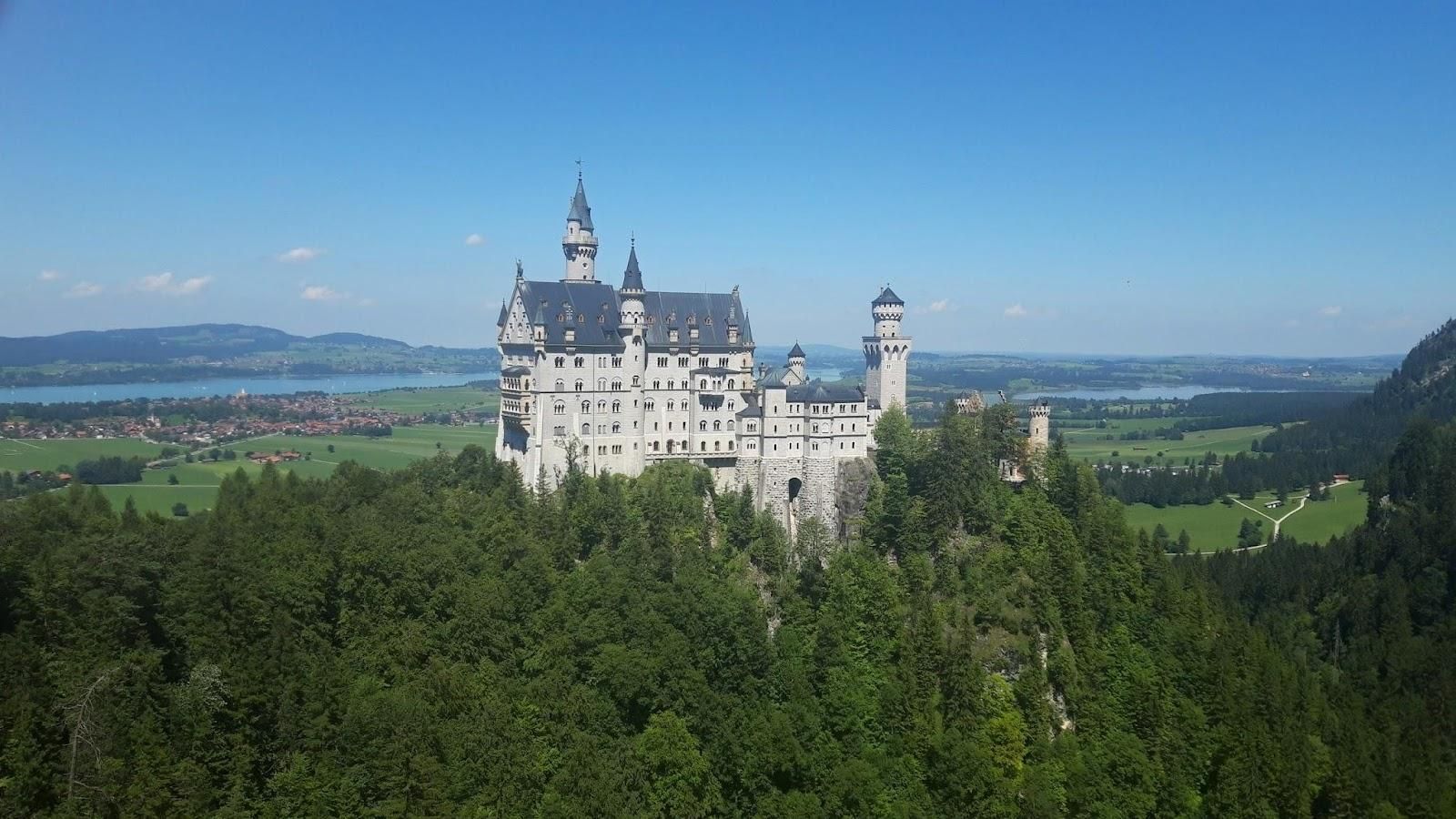 Credit: Welmoed Wigarda
Credit: Welmoed Wigarda
Rising dramatically from the Bavarian Alps, this 19th-century castle famously inspired Walt Disney’s Sleeping Beauty Castle. Neuschwanstein’s soaring towers and turrets overlook dense forests and sparkling lakes. Though its appearance is medieval, it was surprisingly modern for its time, boasting running water and other innovative comforts that made it a marvel of both design and engineering.
Visitors today are enchanted by its blend of fairy-tale charm and real-world ingenuity.













